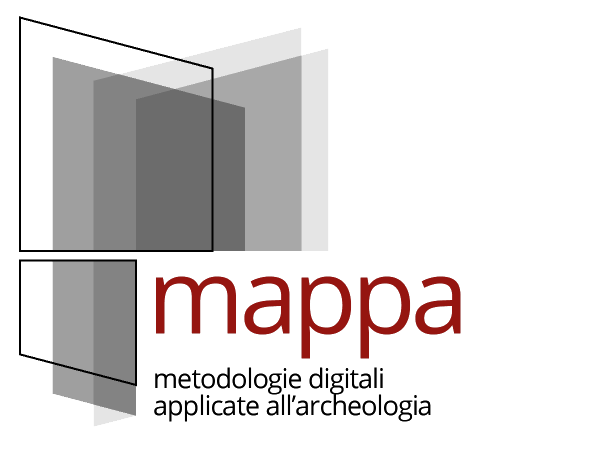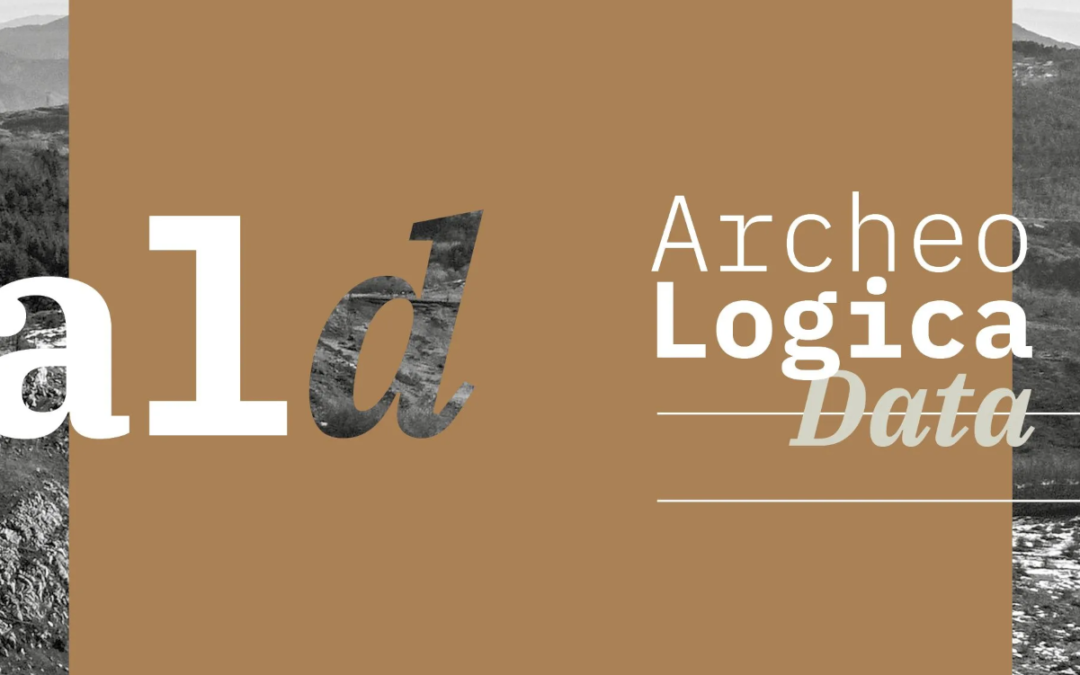In the fourth volume, you will find two small clusters of thematic articles. The first is related to mountain archaeology, and the second to the archaeology of quarries and rock-cut sites.
The article by Anichini, Basile, Gattiglia, Marcucci, and Sciuto explores the potential of the Catasto Ferdinandeo-Leopoldino to reconstruct the landscape of the Apuan-Versilia area (Tuscany, Italy) in the first half of the 19th century; Miano analyzes land and river routes between the Nebrodi mountains and the Peloritani mountains in northeastern Sicily (Italy).
The articles composing the second thematic cluster stem from the theoretical and methodological reflections carried out by the international research group on the archaeology of quarries and rock-cut sites, IRAAR – International Research Group on Quarries and Rock-cut Sites. Simons’ contribution focuses on the diachronic analysis of two rock-cut sites at Kinver Edge in Staffordshire (United Kingdom); Carbonell Pastor’s article focuses on a still underexplored aspect of the funerary hypogea of the first millennium B.C.E., that of reconstructing excavation techniques.
In a miscellaneous section, Panetta delves into the methodological issues related to deciphering sites; Anichini’s contribution projects us into the field of contemporary archaeology, analyzing the human-non- human relationship during the Covid-19 pandemic; Desarbre compares, through statistical analysis, the dimensions of windows and construction techniques of the Villa of Diomedes in Pompeii and the Villa of Poppaea in Oplontis. Forassiepi’s article takes us into a field still little explored by archaeology and completely new in the Italian landscape: the archaeology of space exploration. Finally, D’Antoni delves into the methodological choices behind the development of a dataset dedicated to centrally planned
buildings dating back to the Roman and late antique periods.
As always, all articles are available in Open Access in the dedicated section on our website, on our publisher’s page, and on our Academia page. All related datasets are freely downloadable from MOD, hosted by the Digital Library of the University of Pisa.


